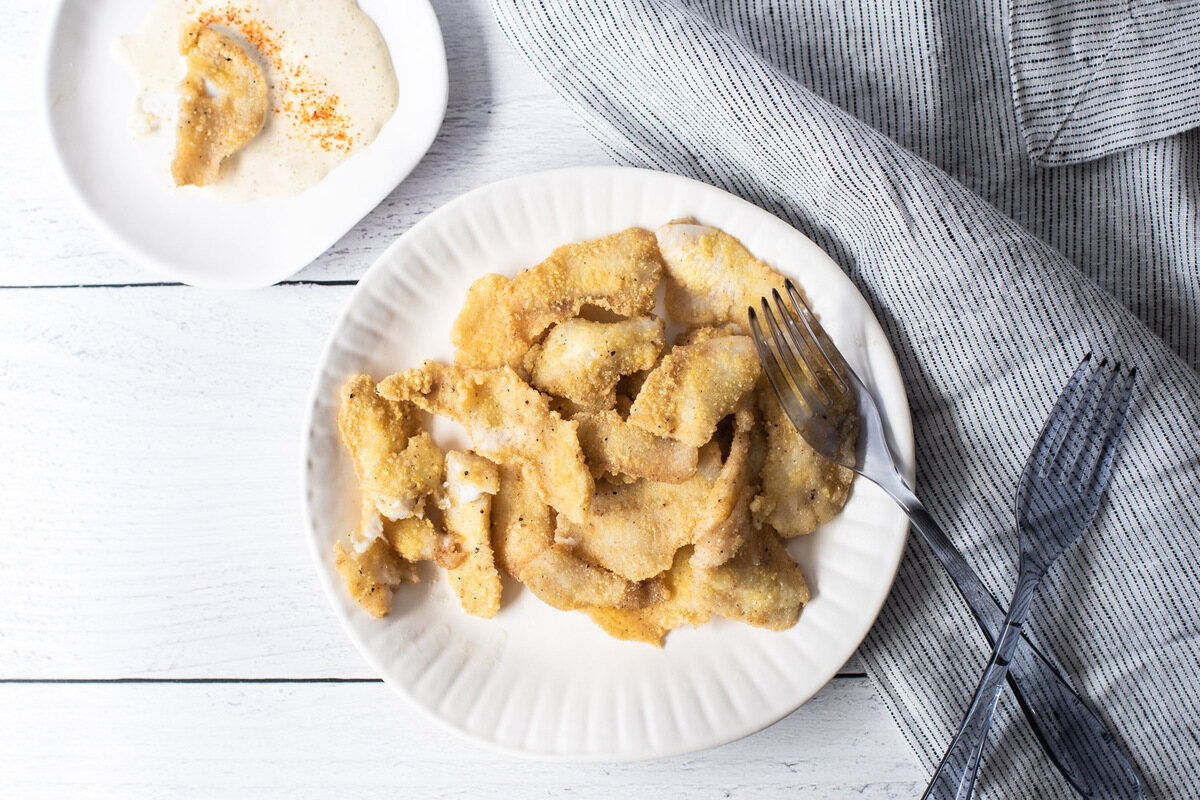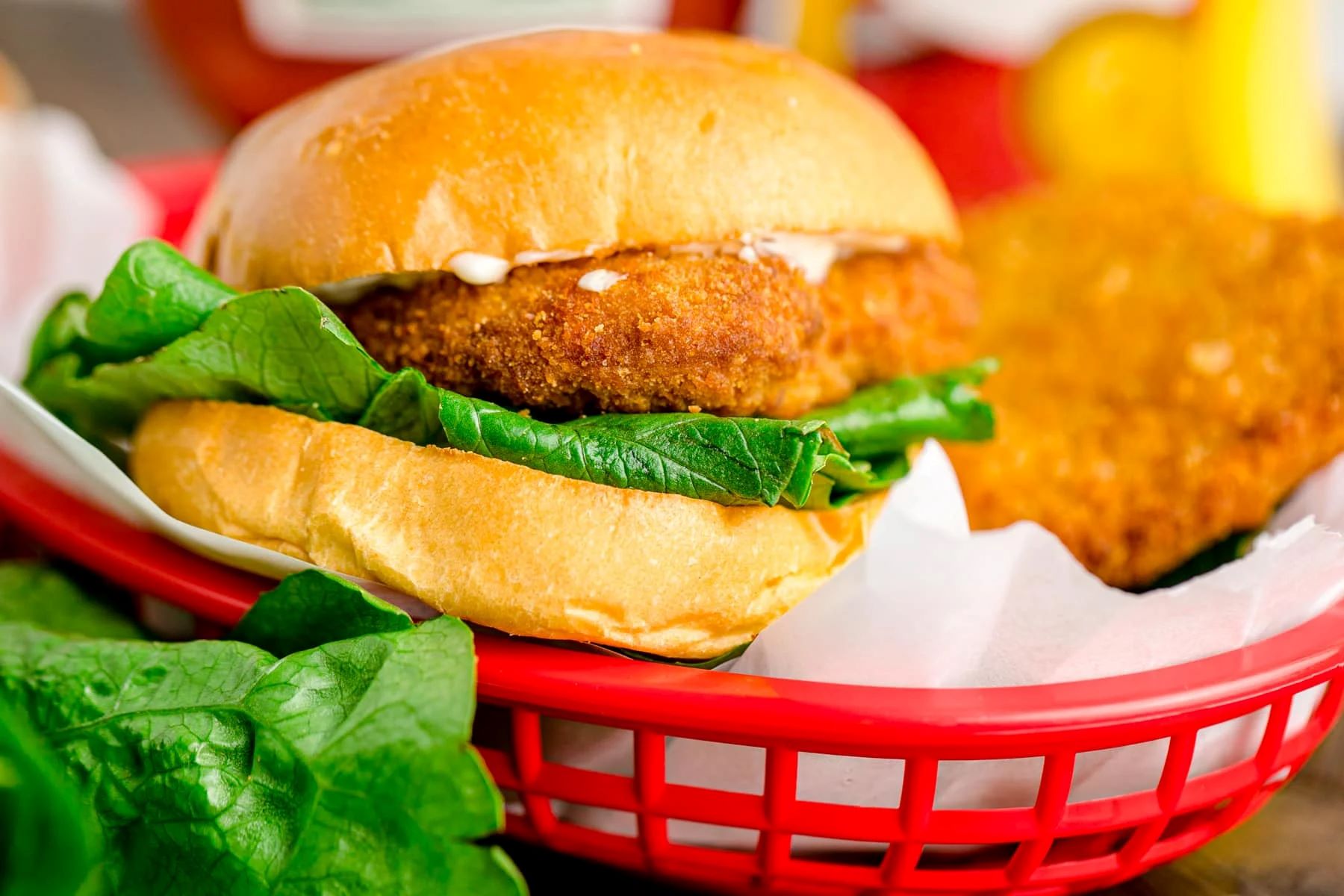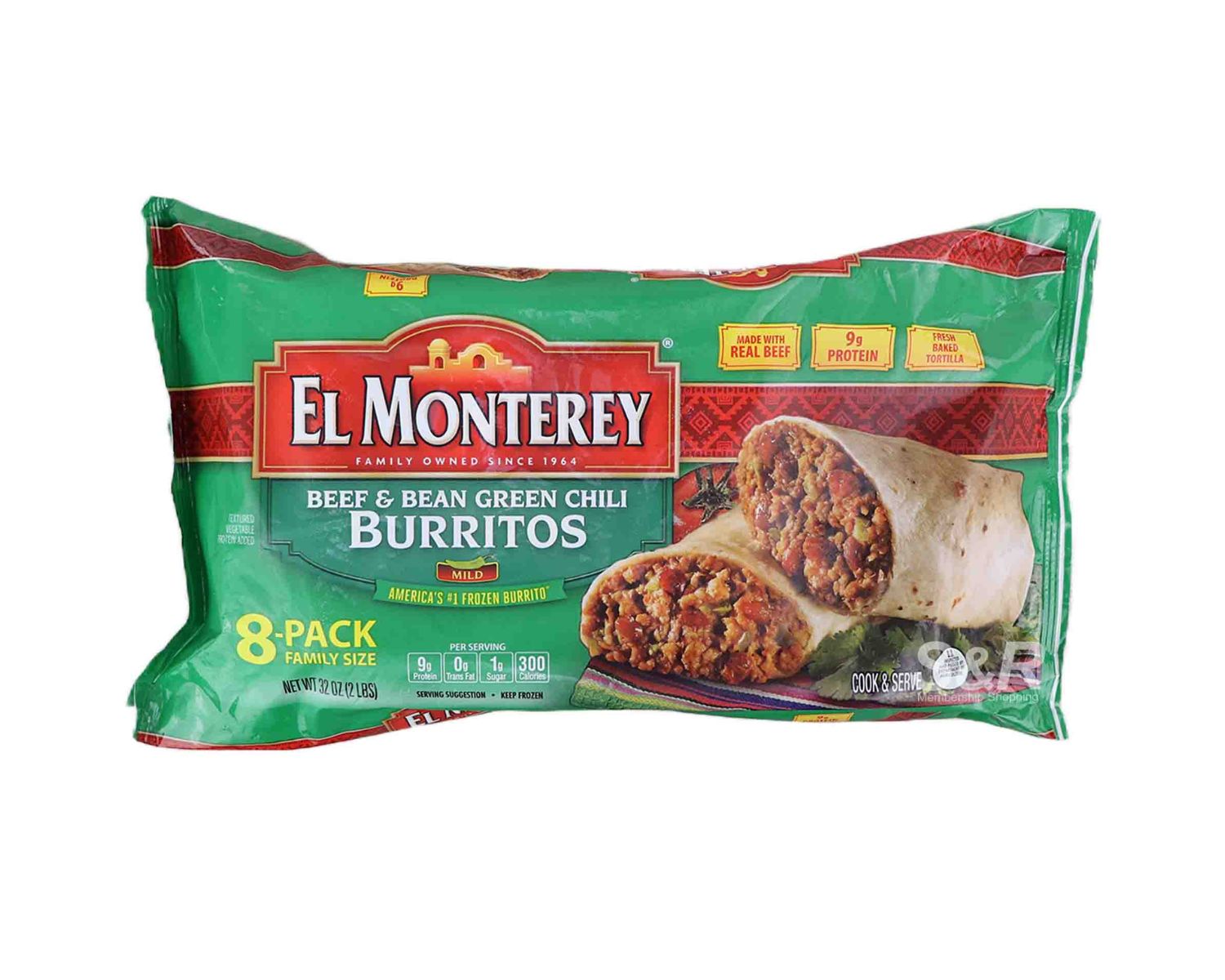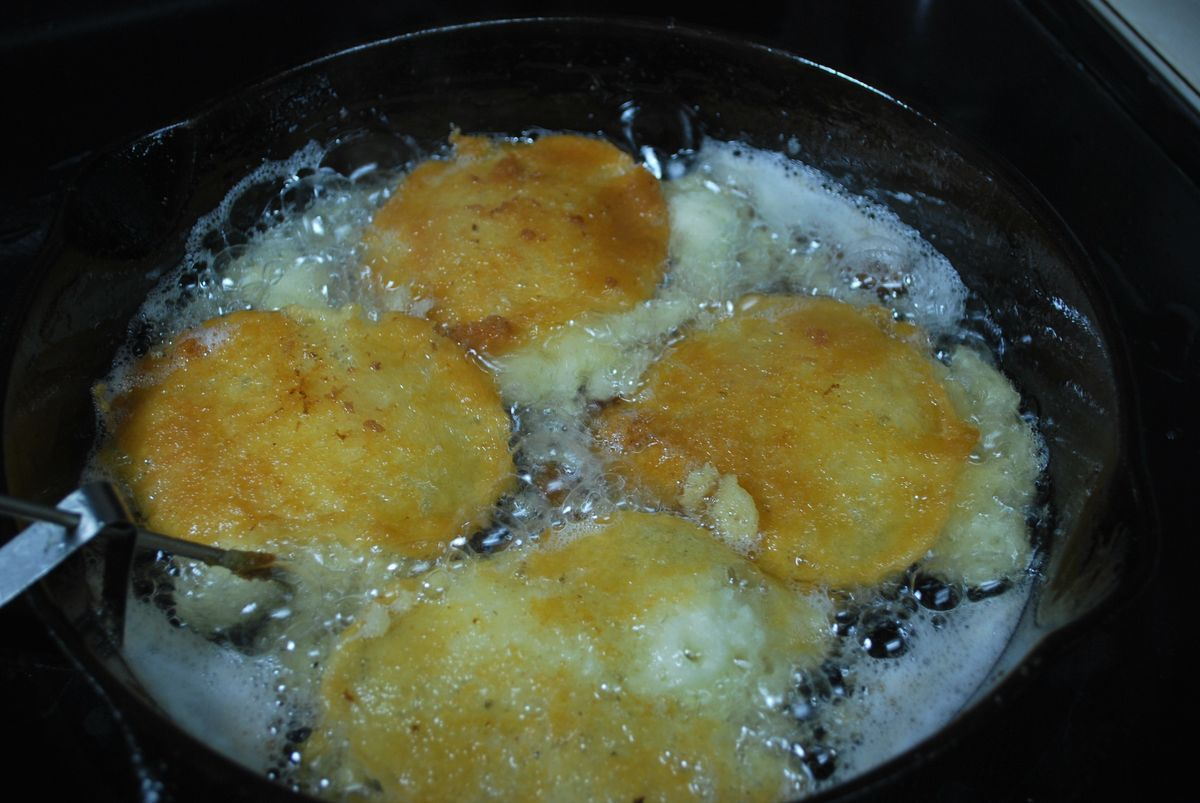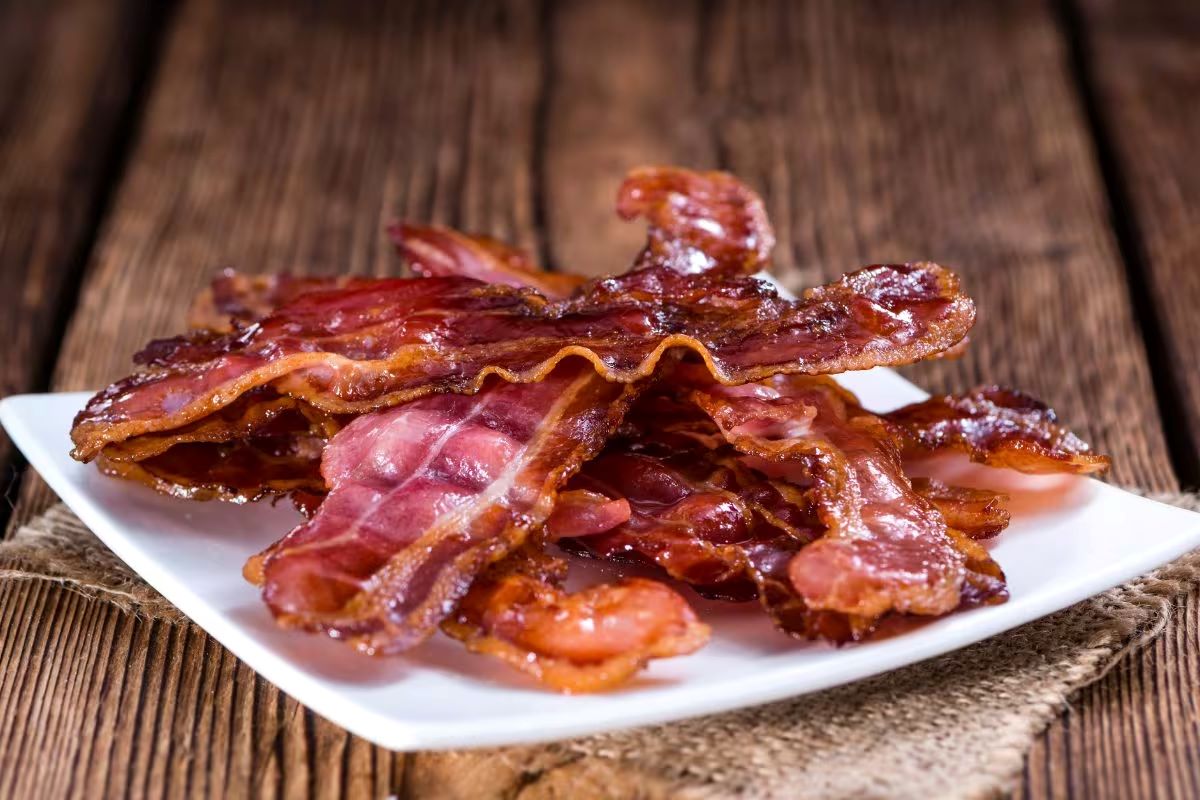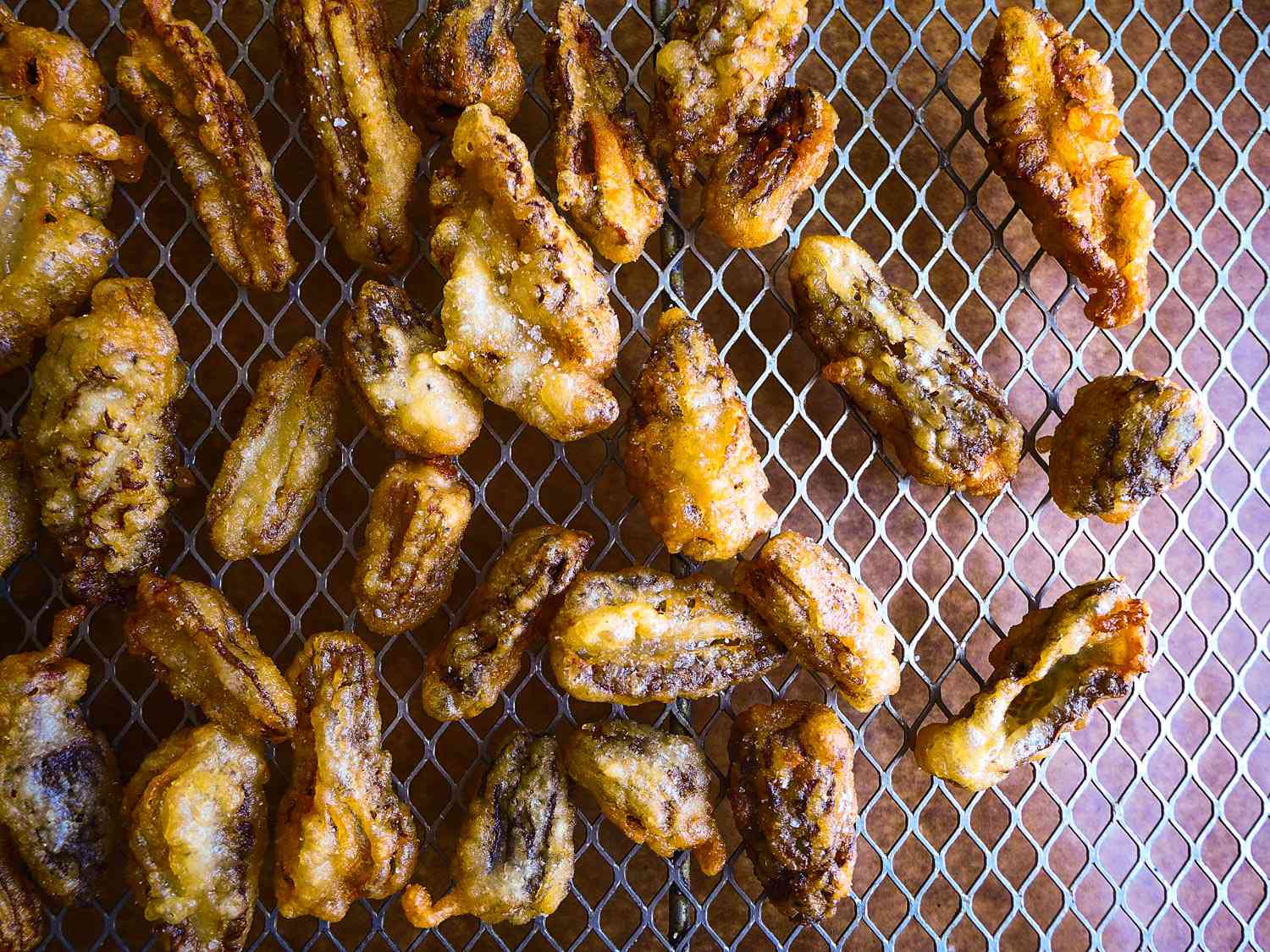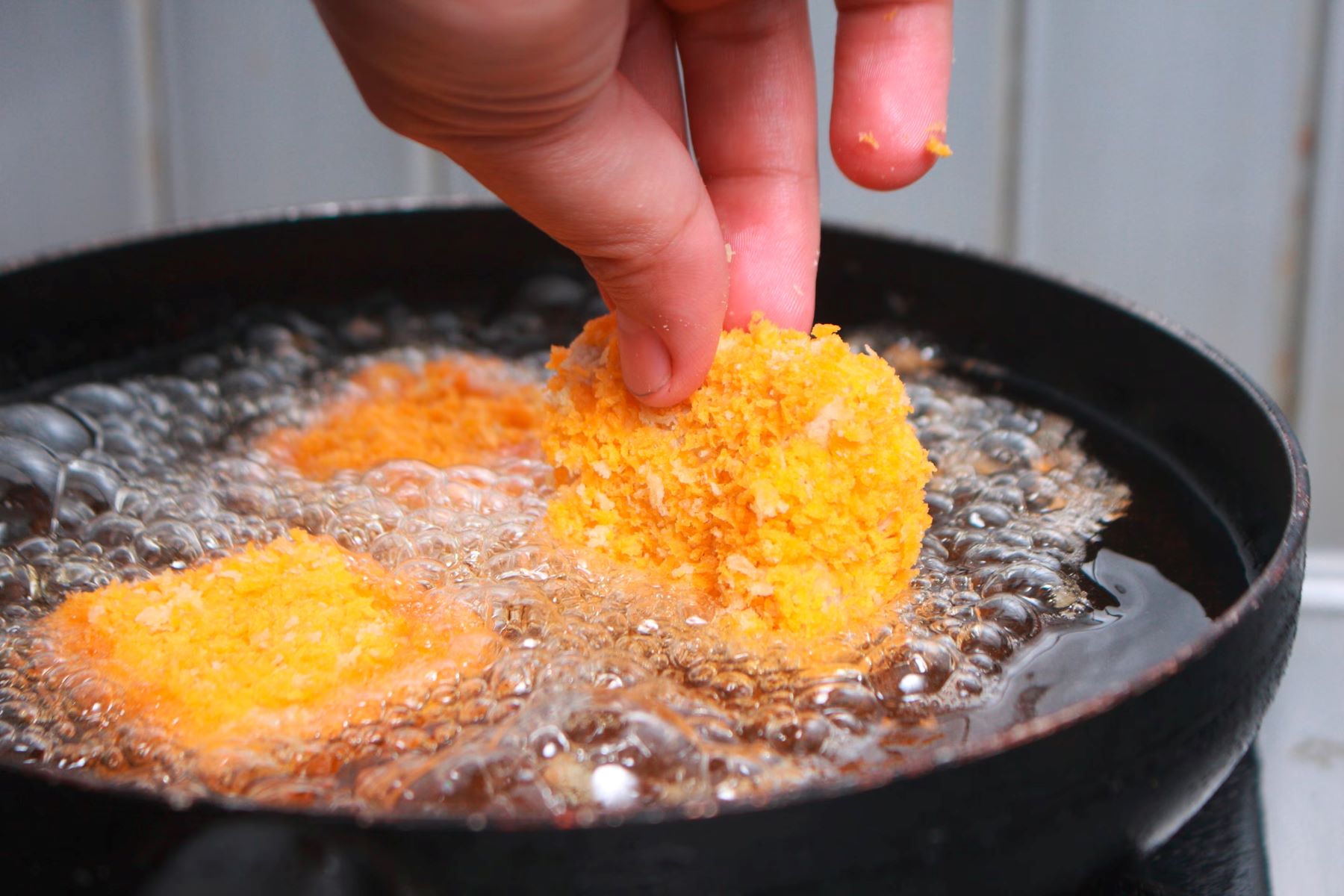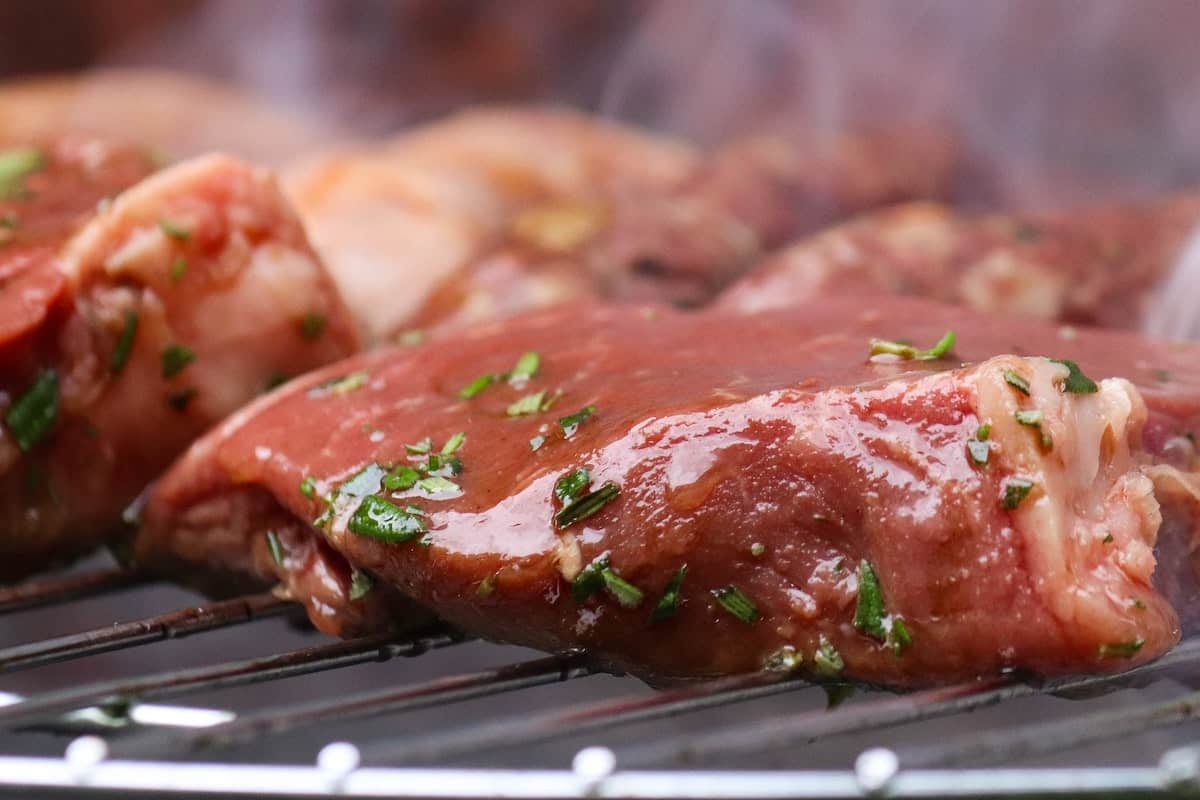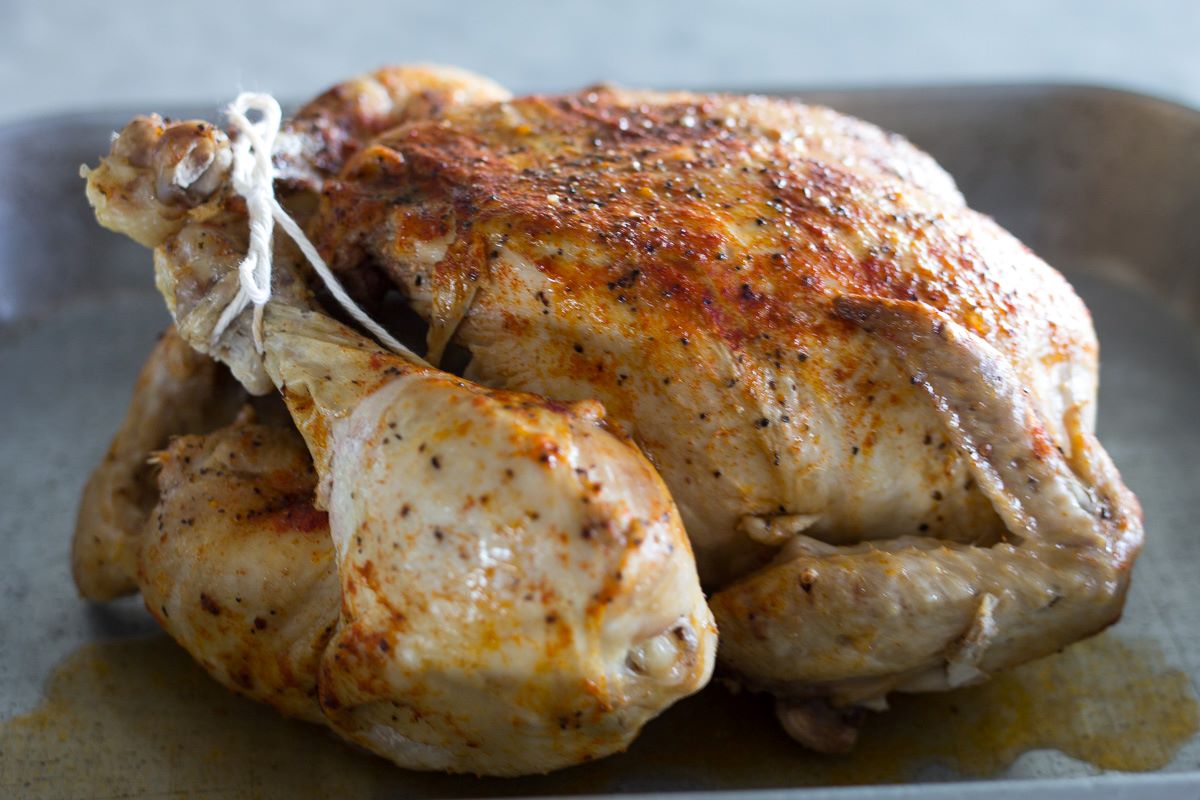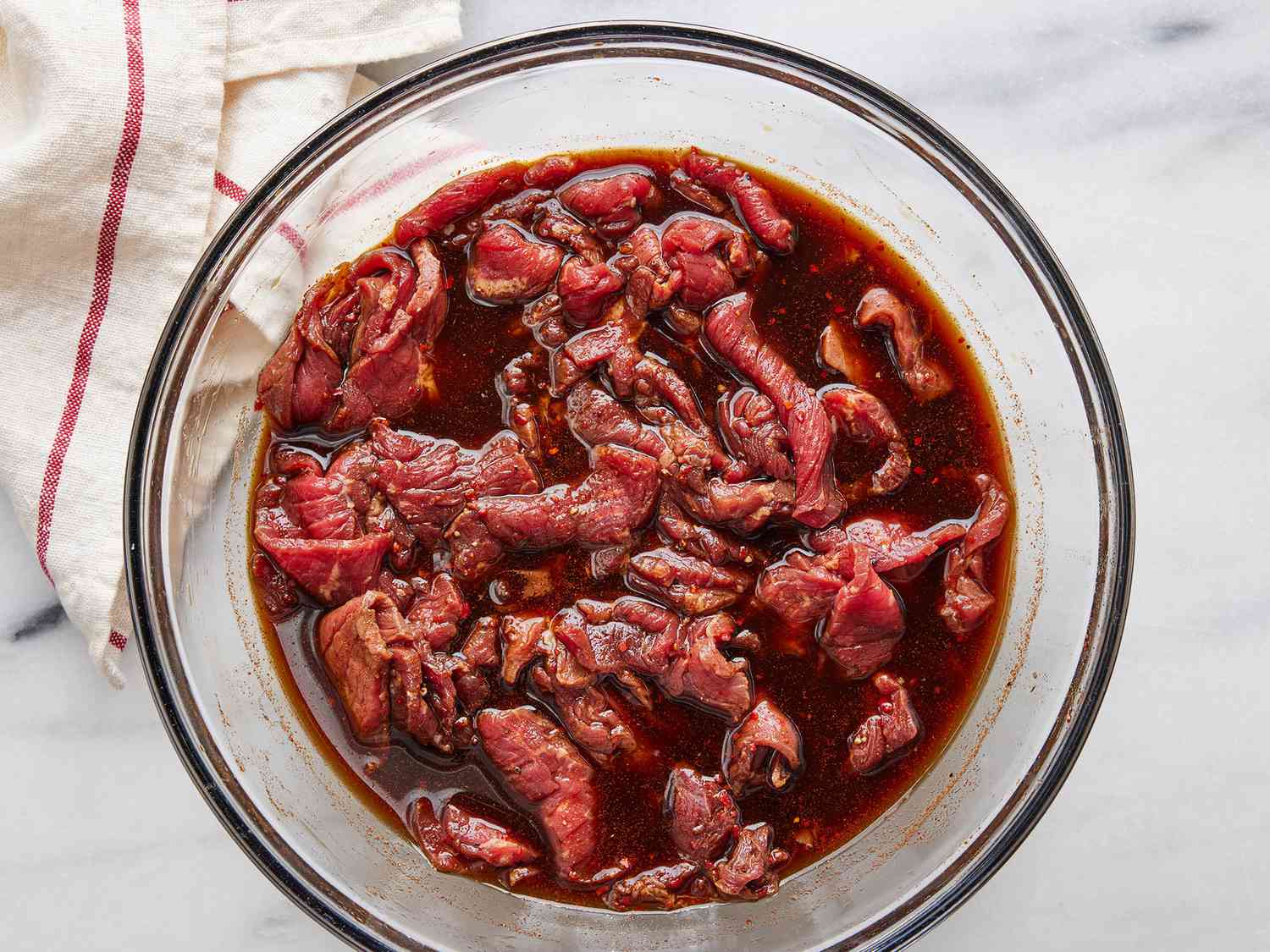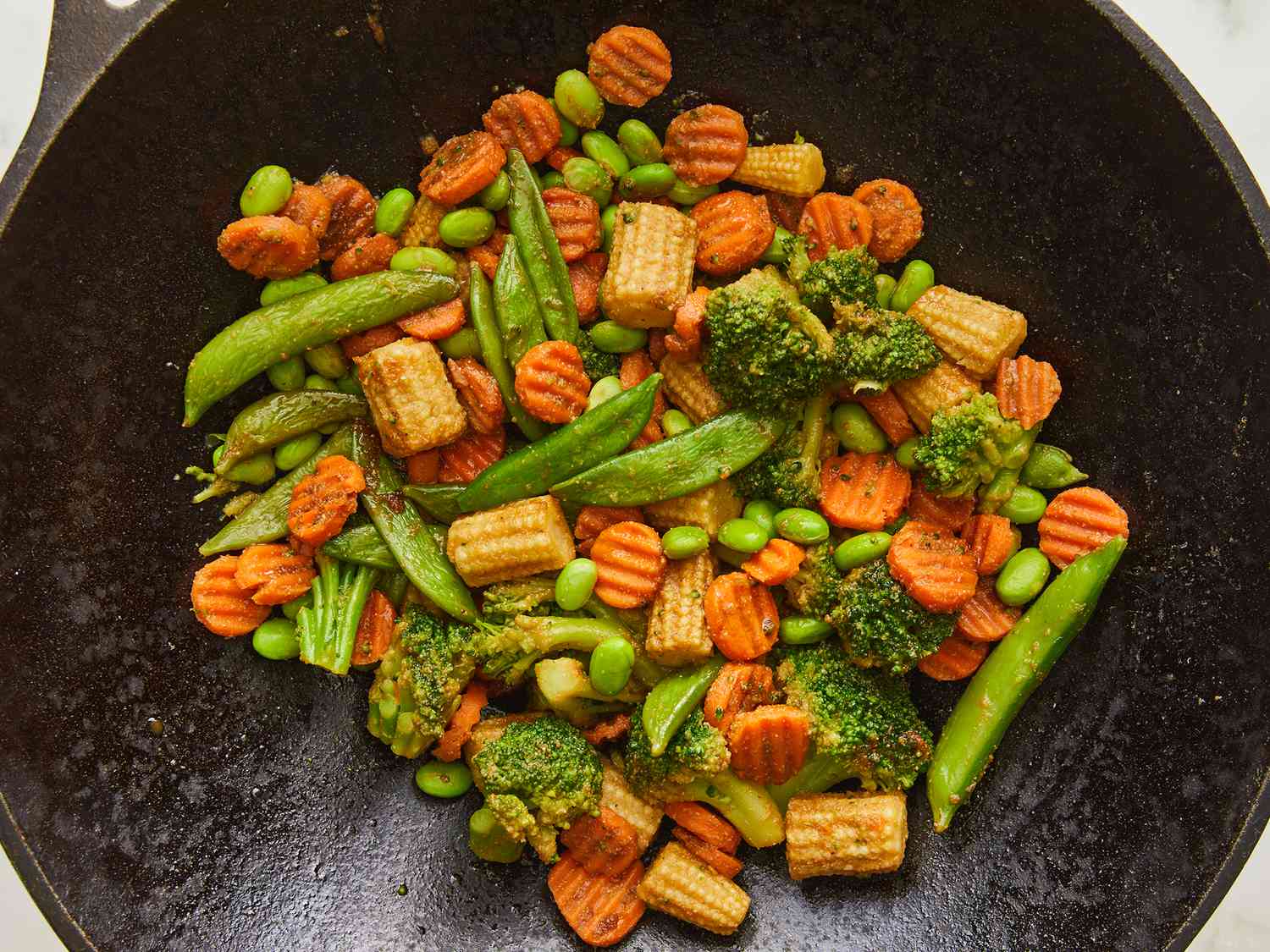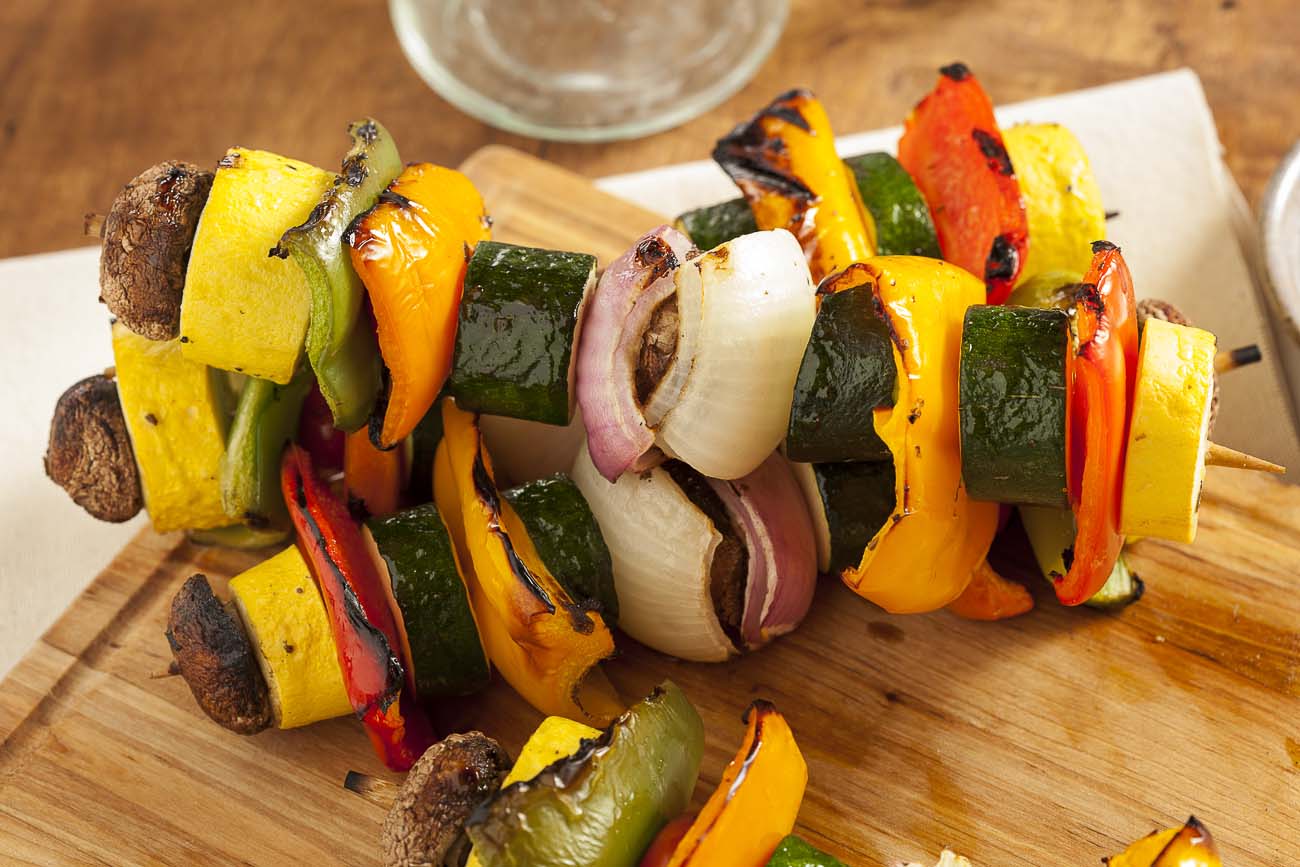Deep Fry Bluegill: A Delicious and Easy Recipe
Bluegill is a popular freshwater fish that is known for its mild, sweet flavor. One of the best ways to enjoy bluegill is by deep frying it. Deep frying bluegill not only enhances its flavor but also gives it a crispy and golden exterior that is simply irresistible. If you’re looking to try your hand at deep frying bluegill, here’s a simple and delicious recipe to get you started.
Ingredients:
- 1 pound of fresh bluegill fillets
- 1 cup all-purpose flour
- 1 teaspoon salt
- 1 teaspoon black pepper
- 1 teaspoon garlic powder
- 1 teaspoon paprika
- 2 eggs
- 1/4 cup milk
- Vegetable oil for frying
Instructions:
- Start by rinsing the bluegill fillets under cold water and patting them dry with paper towels.
- In a shallow dish, mix together the flour, salt, black pepper, garlic powder, and paprika.
- In another shallow dish, whisk together the eggs and milk to create an egg wash.
- Heat the vegetable oil in a deep fryer or large pot to 375°F (190°C).
- Dip each bluegill fillet into the seasoned flour, ensuring that it is evenly coated on all sides.
- Next, dip the coated fillet into the egg wash, allowing any excess to drip off.
- Dredge the fillet once again in the seasoned flour, pressing gently to adhere the coating.
- Carefully place the coated fillets into the hot oil, frying in batches to avoid overcrowding the fryer.
- Fry the bluegill for 3-4 minutes, or until the coating is golden brown and the fish is cooked through.
- Once done, remove the fried bluegill from the oil and place them on a plate lined with paper towels to drain any excess oil.
- Serve the deep fried bluegill hot, accompanied by your favorite dipping sauce and sides.
Deep frying bluegill is a simple and enjoyable way to prepare this delectable fish. The crispy coating and tender, flaky fish inside make it a favorite dish for seafood lovers. Whether you’re hosting a gathering or simply craving a delicious meal, deep fried bluegill is sure to impress. Give this recipe a try and savor the delightful flavors of this freshwater favorite!
